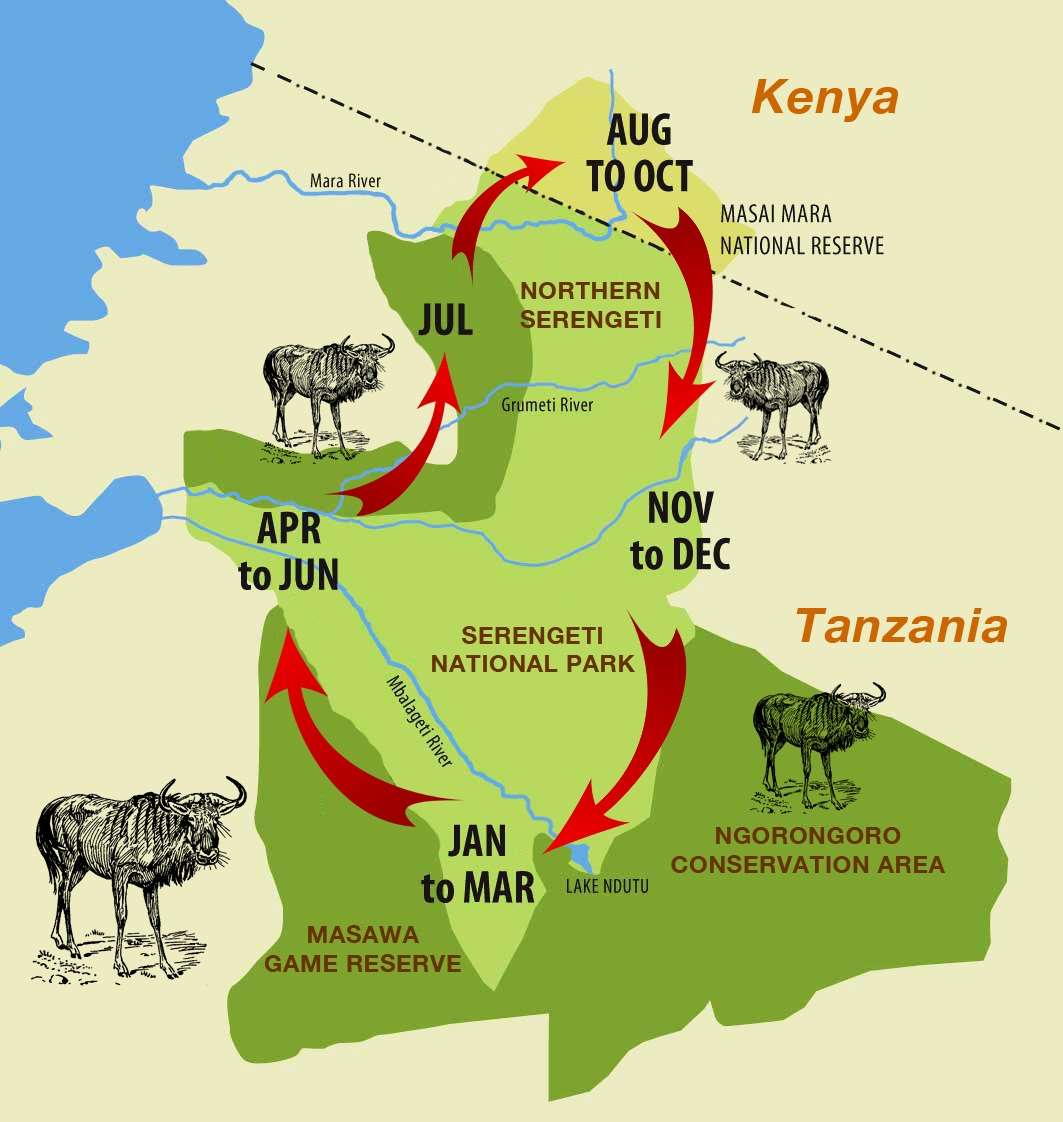- Home
- Safaris
- Volunteering
- Responsible Trips
- Faq’s
- Cost of Tanzania Safari
- Is it Safe to Visit Tanzania?
- When to Visit Tanzania
- How to book a Tanzania Safari?
- Vaccinations for Tanzania safari
- Booking Flights
- Sustainable Travel in Tanzania
- Why Travel to Tanzania?
- Meals during a Tanzania safaris
- Tanzania Visa Information
- Responsible Travel in Tanzania
- Toilets on Safari
- Recommended duration for a safari in Tanzania
- What to wear during a Tanzania Safari
- Information About Tipping during Tanzania safari
- Which is the cheapest safari?
- About us
- Contact
- Share a Home with us
Explore the Serengeti National Park
ABOUT SERENGETI
The Serengeti National Park has a rich history and is a globally recognized conservation area. Established as a national park in 1952, its boundaries were later expanded in 1959 to encompass an impressive 14,763 square kilometers (5,700 square miles). It is part of a larger ecosystem spanning approximately 35,000 square kilometers (13,500 square miles).
Serengeti holds the esteemed status of being both a World Biosphere Reserve and a World Heritage Site. Its reputation as one of the world’s most renowned safari destinations is well-deserved. The park’s most iconic feature is undoubtedly the annual migration of over one million wildebeest and other plains game. This awe-inspiring wildlife event takes place as these massive herds traverse the Serengeti’s plains and woodlands in search of fresh grazing.
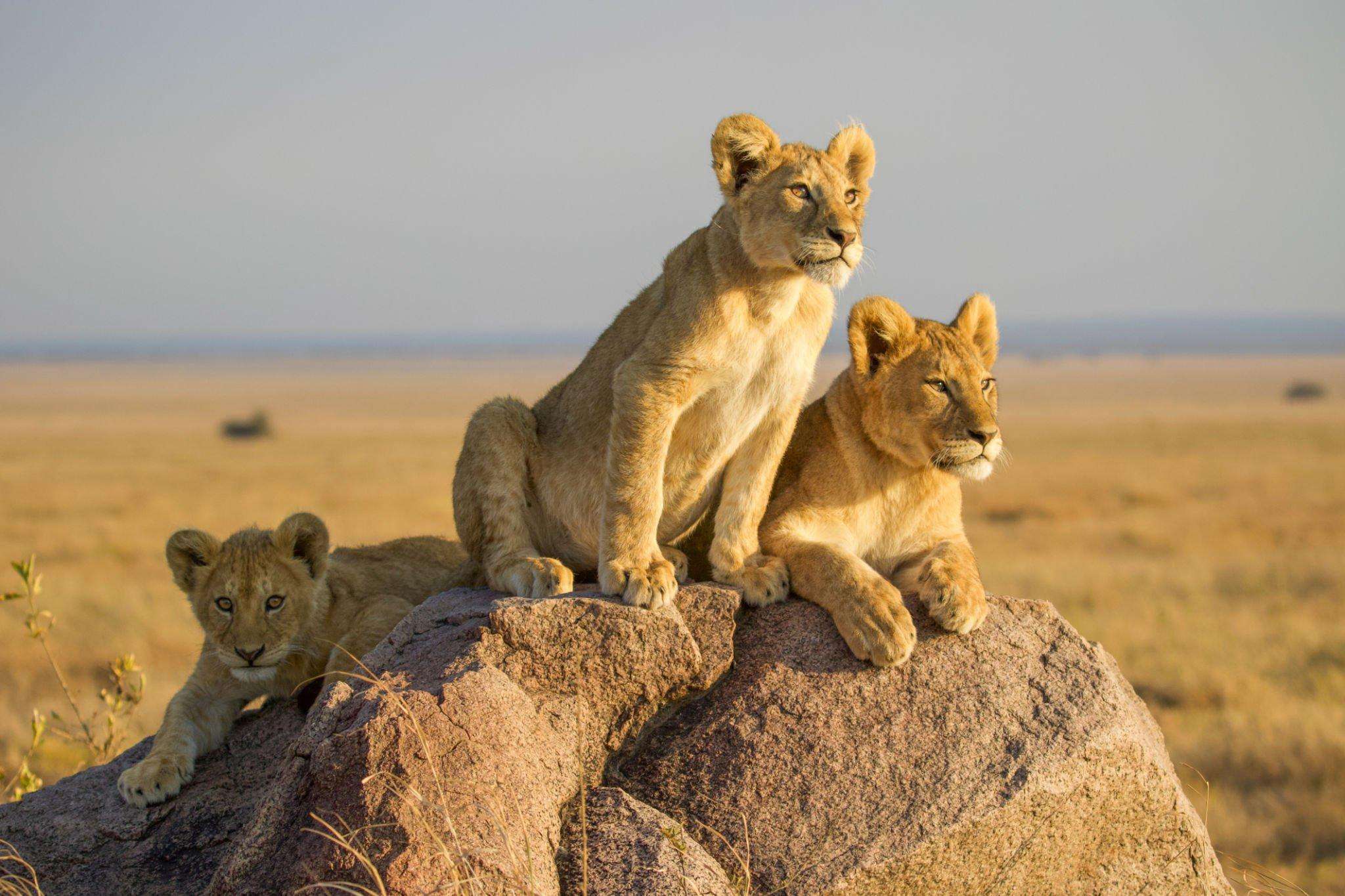
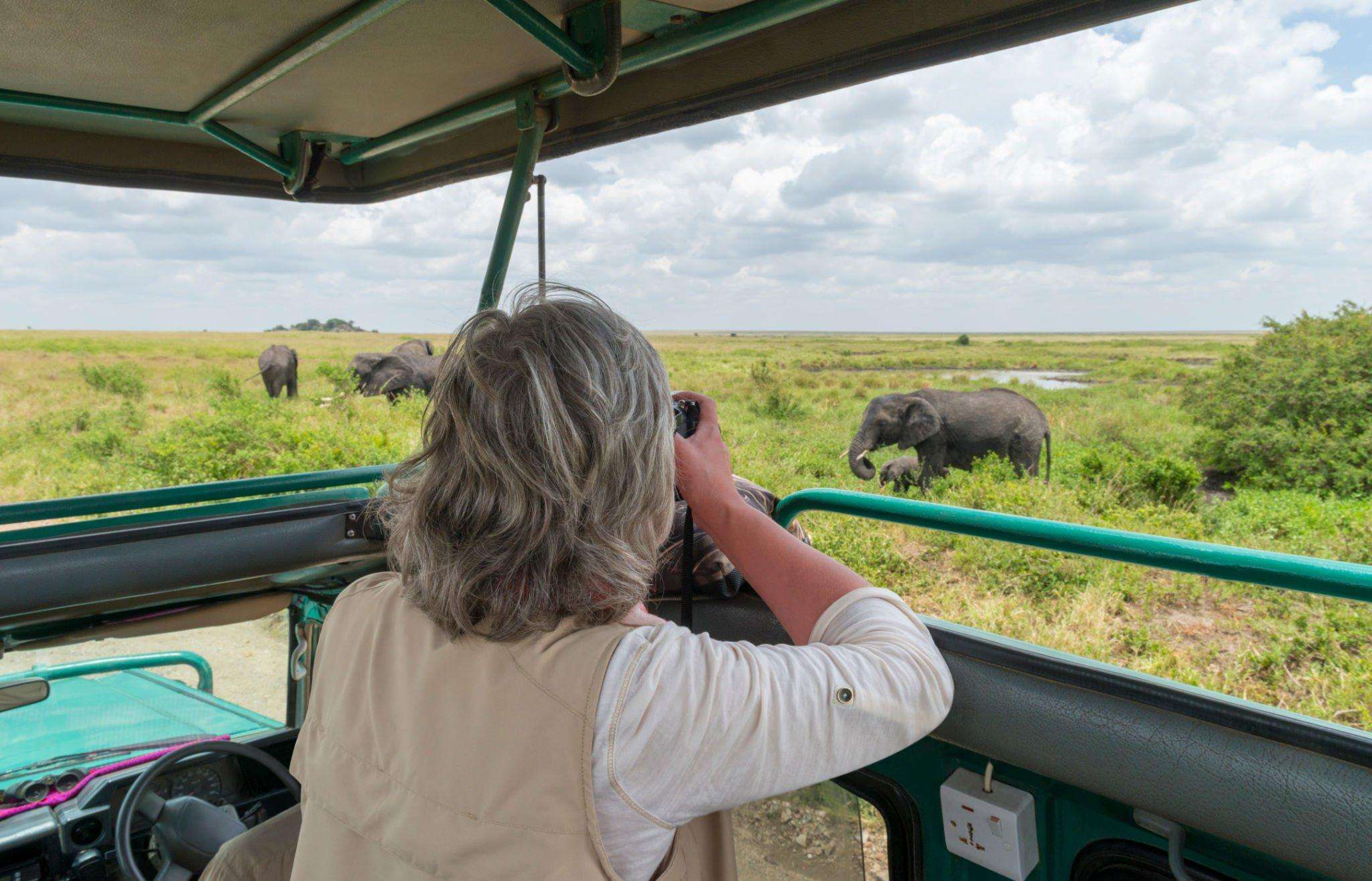
THE BEST GAME VIEWING IN AFRICA
In the Serengeti, game drives can follow various routes depending on the specific areas of interest, wildlife movements, and the duration of the safari. Here are some common routes and regions within the Serengeti National Park that are popular for game drives:
Seronera Valley: Located in the central part of the Serengeti, the Seronera Valley is known for its year-round wildlife sightings. It offers a diverse range of habitats, including grassy plains, woodlands, and a riverine ecosystem. Game drives in this area often yield sightings of lions, leopards, elephants, giraffes, zebras, and a variety of antelope species.
Western Corridor: The Western Corridor is a prime area to witness the dramatic river crossings during the Great Wildebeest Migration. From May to July, as the herds move northward, they encounter the Grumeti River, providing a thrilling spectacle of wildebeests braving crocodile-infested waters. Game drives in this region offer a front-row seat to witness this awe-inspiring event.
THE BEST GAME VIEWING IN AFRICA
Northern Serengeti: The northern region of the Serengeti is another hotspot during the Great Wildebeest Migration. From July to October, the herds cross the Mara River into Kenya’s Masai Mara, facing potential encounters with crocodiles and predators. Game drives in the northern Serengeti provide opportunities to witness these river crossings and the intense predator-prey interactions that follow.
Eastern Serengeti: The eastern region of the Serengeti, bordering Ngorongoro Conservation Area, is known for its grassy plains and kopjes (rocky outcrops). It offers excellent wildlife sightings, including lions, cheetahs, hyenas, and large herds of herbivores. Game drives in this area also provide stunning views of the expansive Serengeti landscapes.
Southern Serengeti: The southern Serengeti is a critical calving ground during the Great Wildebeest Migration, where thousands of wildebeest calves are born each year. From December to March, game drives in this region offer the chance to witness the spectacle of wildebeest giving birth, as well as sightings of predators attracted to the vulnerable young.
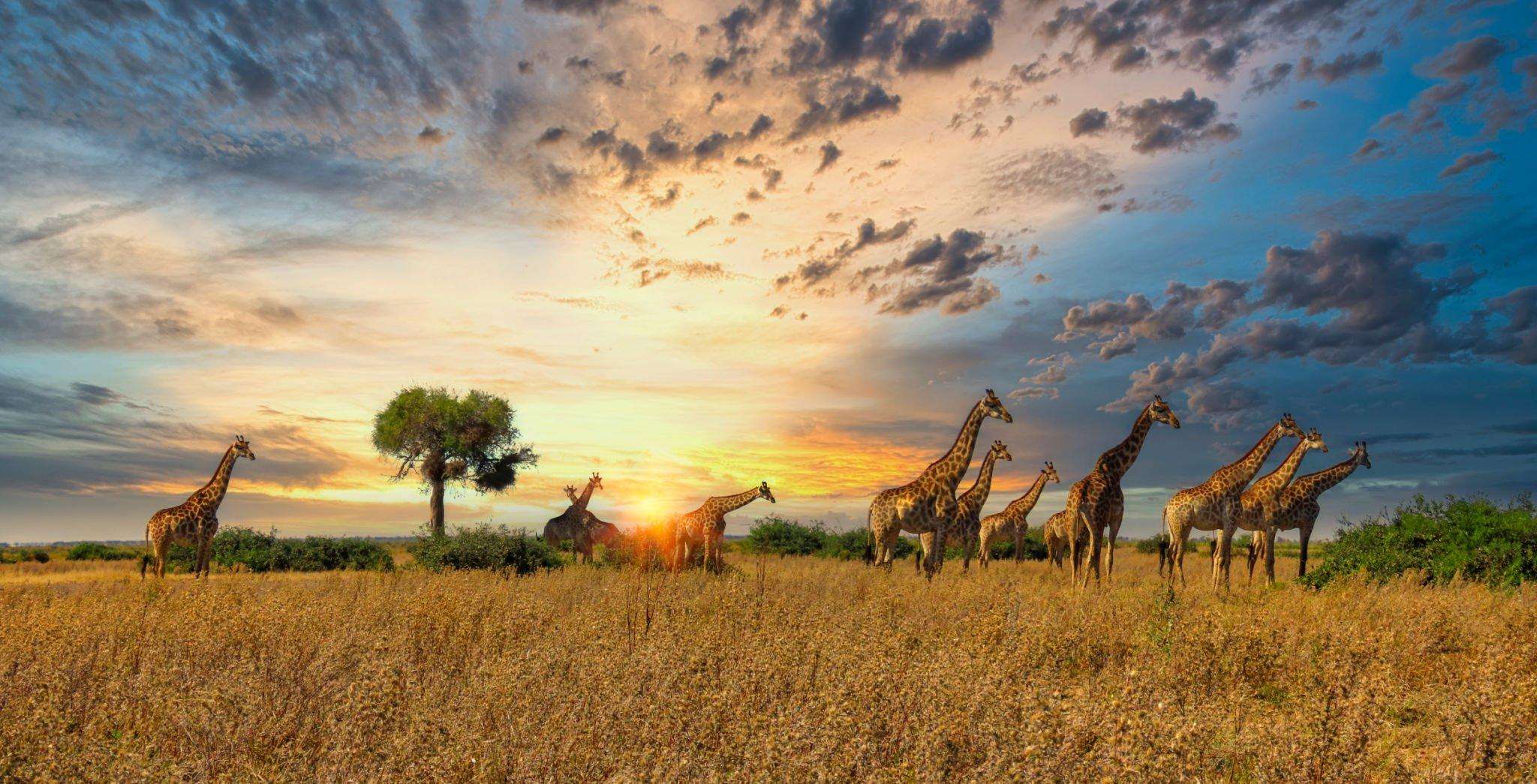
WILDLIFE
ACTIVITIES
ACCOMMODATION
Serengeti is rich in wildlife. All the classic big game animals of Africa are found in
the Serengeti. This include the Big Five ,Big Cats Of recent importance are re-introduction
programs for black rhino and Cape hunting dogs. The black rhino is being introduced in the north and south of the Park while hunting dogs are beginning to spread throughout.
- Game viewing by vehicle
- Walking safaris
- Ballooning is now possible in the north, south and center of the Park.
- Bush Breakfasts and Sun-downers
- Photography Safari
- Bird watching
- Lodges ( Luxury and Mid-range)
- Tented Camps
- Mobile Camps
- Luxury Camps
- Public Campsites
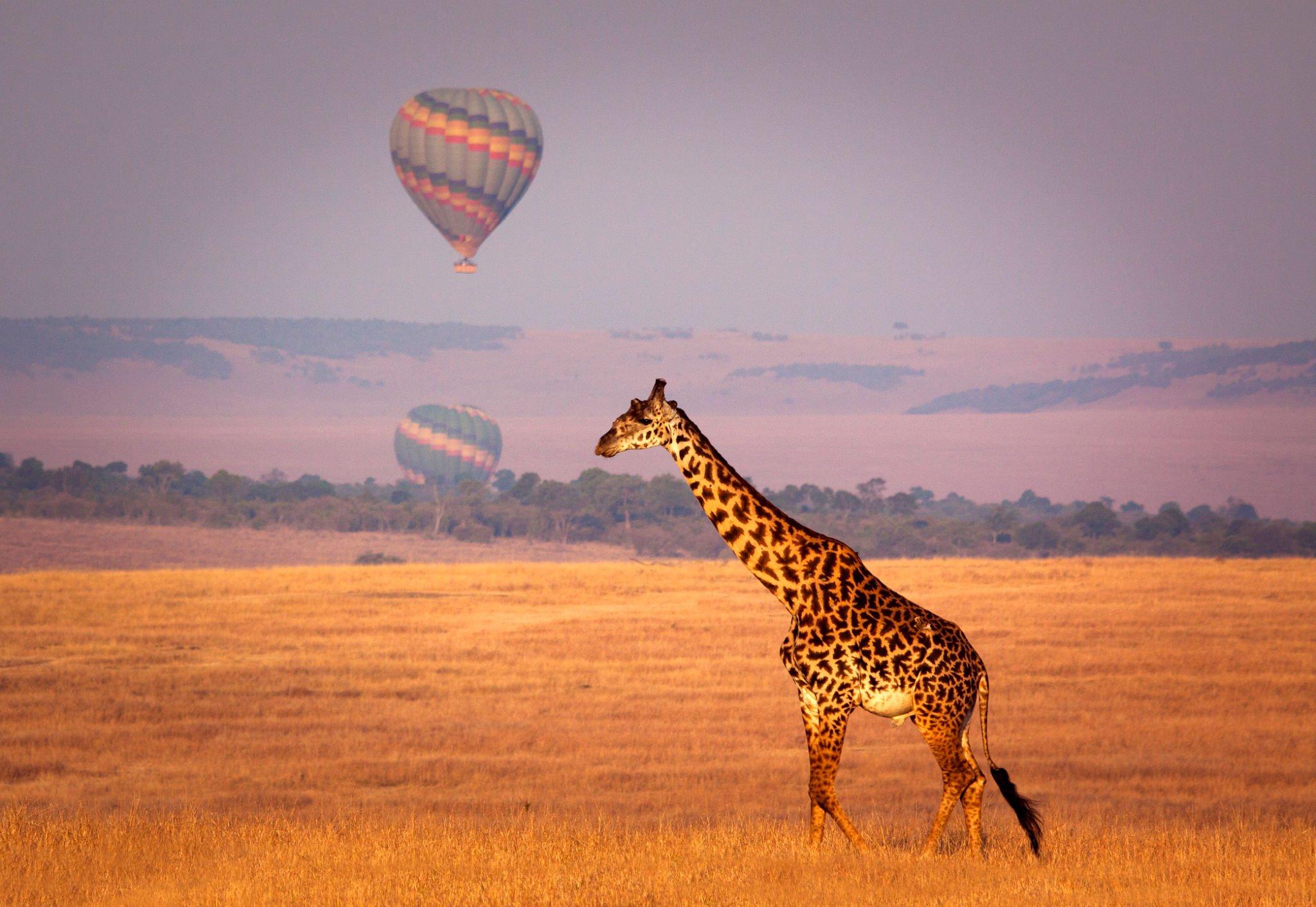
When to go
The Serengeti is a year-round destination with access to all parts throughout the year.
Getting there
Air. There are all weather airstrips in the center at Seronera, in the south at Kusini, in the east at Lobo, in the west at Kirawira and in the north at Kogatende and Lamai. These airstrips are used by scheduled and private charters.
Road. Access is only possible through established entry points which are at Naabi Hill, Seronera, Ndutu, Kusini, Kirawira, Handajega, Ikoma, Tabora ‘B’, Lamai, Kleins. All entry fees are paid online through the Park HQ, and all entry points and the HQ are interconnected through the internet
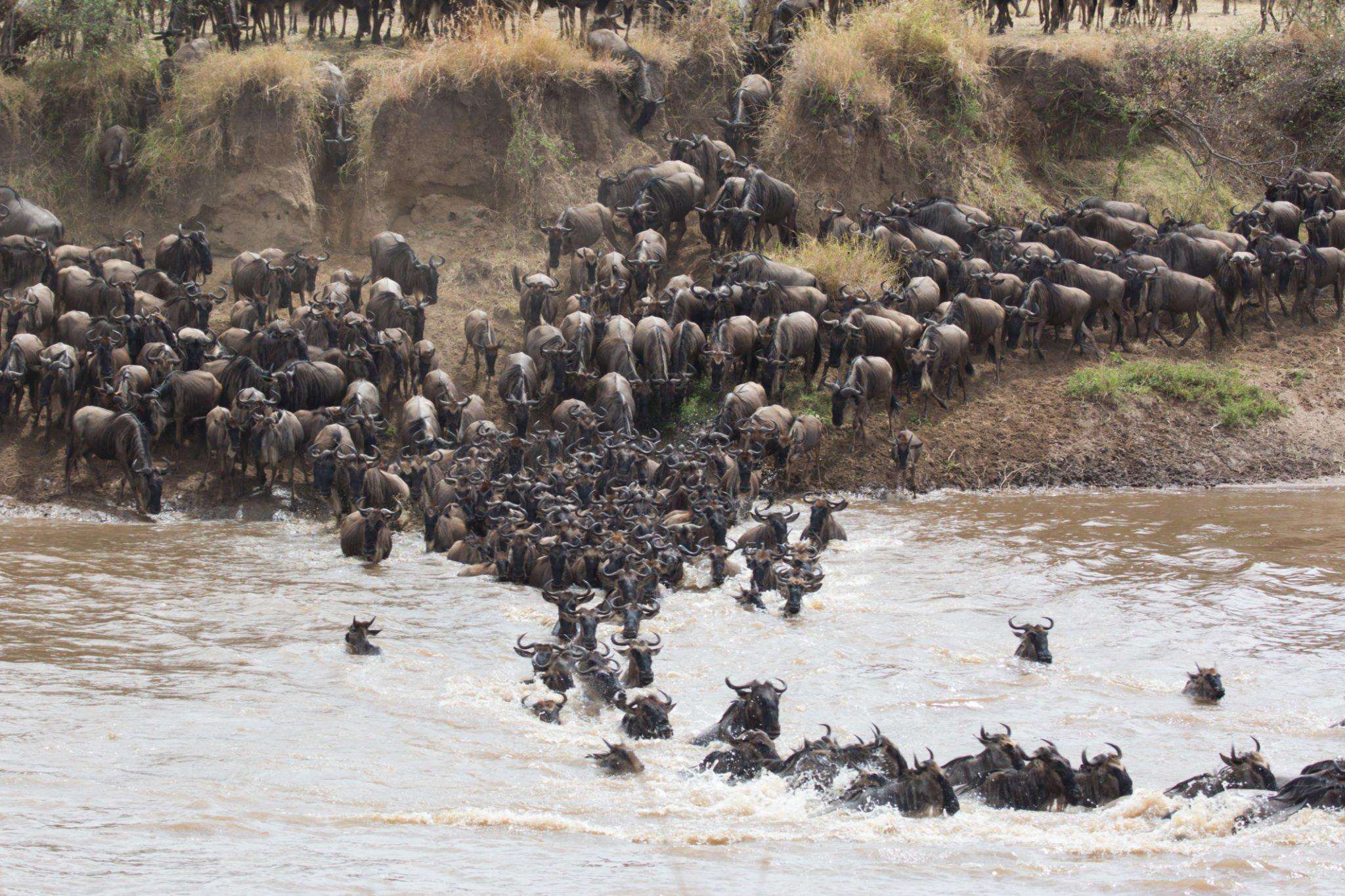
EXPLORE THE WILDEBEEST MIGARTION
The Wildebeest Migration in the Serengeti is one of the most remarkable natural events on Earth. It is an annual journey of millions of wildebeest, zebras, and other herbivores as they move in search of fresh grazing and water.
The migration follows a circular route between the Serengeti National Park in Tanzania and the Maasai Mara National Reserve in Kenya. It is driven by the availability of food and the seasonal rains.
The migration begins in the southern Serengeti around December and January, where thousands of wildebeest calves are born during the calving season. The wildebeest herds gradually move northwards, following the rains and the growth of fresh grass. By April or May, they reach the central Serengeti and Western Corridor regions.
One of the most dramatic and challenging parts of the migration occurs when the herds must cross crocodile-infested rivers, such as the Grumeti River and the Mara River, in the northern Serengeti. These river crossings are thrilling and perilous, as the wildebeests face the risk of predation and dangerous river currents.
WILDEBEEST MIGRATION CIRCLE
December to March: The migration starts in the southern Serengeti, particularly in the Ndutu area, where thousands of wildebeest calves are born during the calving season. The herds graze on the nutrient-rich grasses of the southern plains.
June to July: The wildebeest herds reach the western corridor of the Serengeti, where they encounter the Grumeti River. The river crossing is a challenging and dangerous part of the migration, as crocodiles lurk in the water. Those that successfully cross continue their northward journey.
July to October: The herds cross into Kenya’s Masai Mara Reserve, which is an extension of the Serengeti ecosystem. The Masai Mara offers lush grasslands and is a crucial feeding ground for the wildebeests. Here, they congregate in large numbers, attracting predators and creating thrilling wildlife interactions.
October to November: As the dry season approaches and the grasses in the Masai Mara begin to deplete, the herds start their journey back to the Serengeti. They retrace their steps, crossing the Mara River once again, facing the challenges of river crossings and predator encounters.
